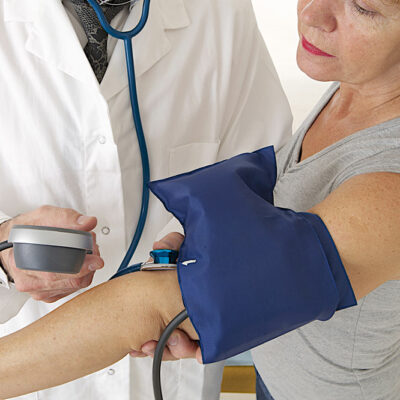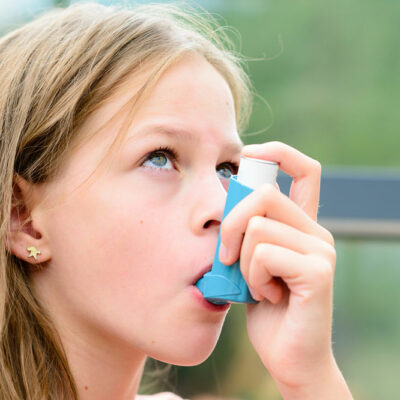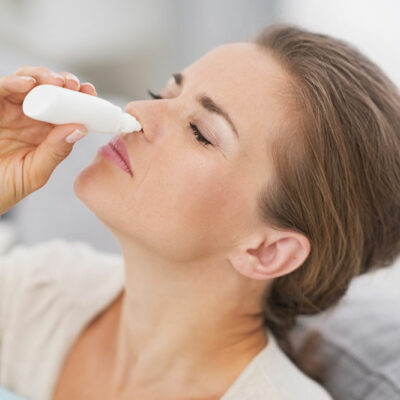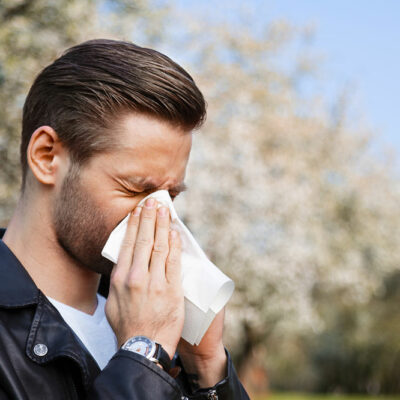
Health
7 Major Risk Factors of Pulmonary Arterial Hypertension
Pulmonary arterial hypertension affects the arteries that are on your heart’s right side and the arteries in your lungs. When you have PAH, the arteries are blocked, narrowed, or destroyed. PAH can lead to your heart muscles becoming weak over time and then failing. It is important to know the risk factors for PAH, so you are aware of whether you are likely to have this condition. 1. Family history Family history is one of the ways to find out if you are at high risk of PAH. If you have someone in your family who has had pulmonary arterial hypertension, then you are at a higher risk. The risk is higher if you have more than one family member who had PAH in their lives. This is actually true if you have a family member who had idiopathic pulmonary hypertension. 2. Age According to the American Thoracic Society, pulmonary arterial hypertension is diagnosed at 36. PAH has been found to affect those people between the ages of 20 and 60. However, it can occur at any age. For example, idiopathic PAH is diagnosed more often in younger adults rather than older adults. 3. Gender Gender also matters and can play a role in the likelihood of having PAH.
Read More 















